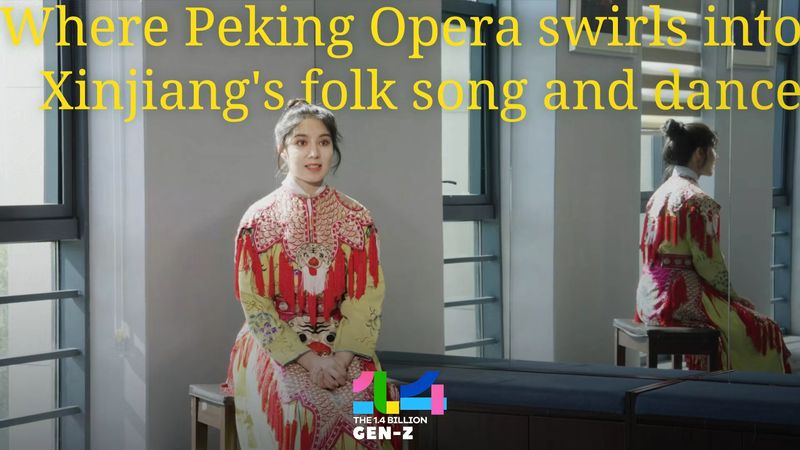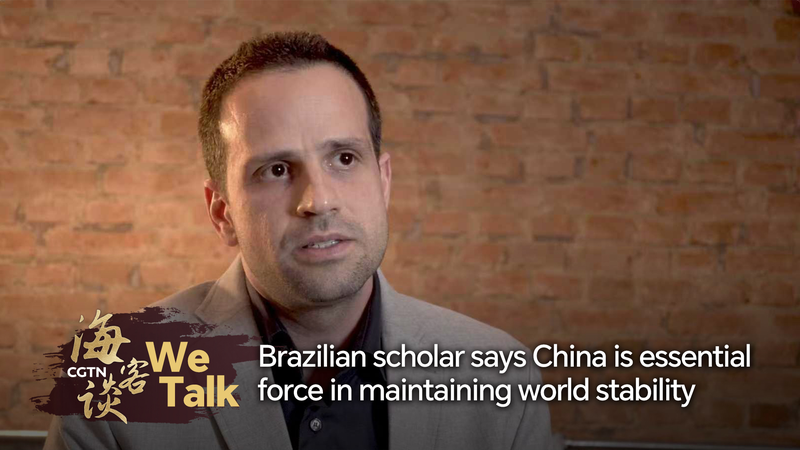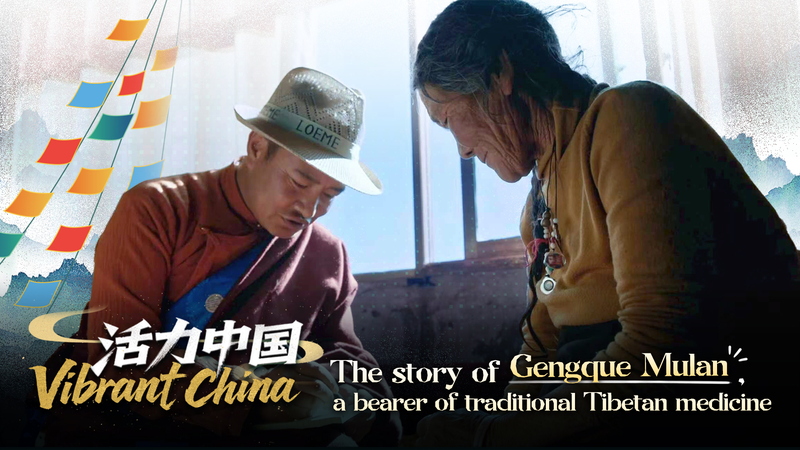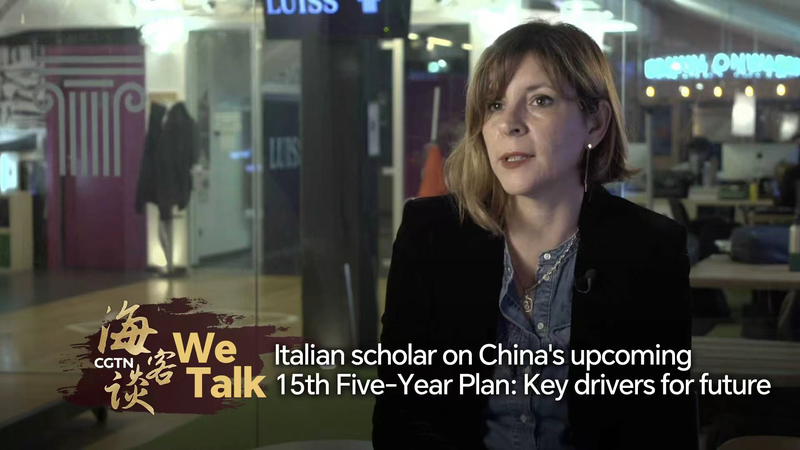In the heart of Urumqi, capital of China’s Xinjiang Uygur Autonomous Region, young artist Ayqihra Abliz first found her stage among open courtyards and soaring mountains. Born into an artistic family, she spent childhood afternoons immersed in the haunting melodies of Uygur folk song.
At age 12, Ayqihra was admitted to the Middle School Affiliated to the National Academy of Chinese Theatre Arts on the Chinese mainland. There, she trained rigorously in Qingyi—the elegant female role of the Mei School of Peking Opera—mastering its precise gestures and soaring arias.
Now a college student majoring in drama, film and television performance, Ayqihra returns home each holiday with a bold vision: to fuse the refined techniques of Peking Opera with the vibrant rhythms and dances of Xinjiang folk traditions. From the flick of an opera sleeve to the vibrant steps of the tambur, her performances blend two worlds into a harmonious whole.
For Ayqihra, this creative crossover is more than an artistic experiment—it’s a celebration of the Chinese mainland’s diverse heritage. By weaving Peking Opera’s nuanced storytelling into the rich tapestry of Uygur music and dance, she sparks new conversations about identity and cultural innovation.
“When my opera gestures meet the pulse of folk drums,” Ayqihra explains, “I feel I’m telling a story that belongs to every corner of this land.” Her shows have drawn crowds from rural villages to urban art hubs, as audiences marvel at how ancient traditions can evolve together.
Beyond live stages, Ayqihra’s fusion art is finding fans online. Short performance clips and behind-the-scenes videos are circulating among digital nomads, tech enthusiasts and culture seekers around the globe. It’s a vibrant reminder that art can bridge distances, inspire fresh perspectives and reimagine heritage for a new generation.
Reference(s):
Where Peking Opera swirls into Xinjiang's folk song and dance
cgtn.com



